PREFACE
H ISTORIANS have devoted more attention to the Civil War than to any other struggle in our nation's history. Gettysburg alone has been the subject of hundreds of books and articles; scores have been devoted to such lesser battles as Shiloh and Chancellorsville. By contrast, Stones River has been the subject of only three book-length studies, two of which were written by Northern eyewitnesses so decidedly partisan as to make their works of little value.
No account has fully told the story of this important campaign. From a tactical perspective, none has traced troop movements below the division and occasionally brigade level. The five-day Federal advance from Nashville and Bragg's response to it similarly have been neglected. And such critical moments of the battle itself as Phil Sheridan's defense of the Wilkinson Pike line, judged by many to be among the most determined stands against overwhelming numbers of the war, or Breckinridge's attack on the Federal left, a doomed assault with the poignancy of Pickett's charge, have remained shrouded in uncertainty.
I wrote No Better Place to Die to fill this gap in our understanding of the war. I have traced the campaign in its entirety, from its beginnings in Bragg's disastrous invasion of Kentucky to the dissension that rent the Army of Tennessee in the months following Stones River. The movement and combat of individual regiments, the character and generalship of commanders, the choices and constraints confronting leaders as the battle developed, and the larger impact of Stones River on the outcome of the warI have tried to address each of these elements of the campaign in detail.
In general, I have treated the campaign chronologically. Although not formally divided into parts, this book may be considered segmentally. Chapters following the main text lists the opposing forces in the Stones River campaign.
Although Stones River was a tactical draw, it had far-reaching consequences. The impact of Stones River on the Confederacy was decidedly negative. Not only were some ten thousand irreplaceable veterans killed, wounded, or captured, but Tennessee was effectively lost and the high command of the South's principal Western army hopelessly divided.
For the Union the results were felt less on the battlefield, where over thirteen thousand were lost, or in the army high command than on the home front and abroad. Bragg's retreat after the battle gave the North a victory at a time when defeat would have made the Emancipation Proclamation look like the last gasp of a dying war effort and perhaps brought England and France into the war on the side of the Confederacy.
Stones River is worthy of study on another, more personal level as well. In few other battles were the characters of the commanding generals so completely eccentric. And in fewer still did the level of support offered each commander differ so greatly. Although a scarcity of resources plagued Southern field commanders throughout the war, during Stones River this normal state of want was heightened by the policies of an administration that acted as though Tennessee were a strategic backwater, rather than the key to the Confederate heartland. As Thomas Connelly ably demonstrated in his seminal study of the Army of Tennessee, Autumn of Glory, Richmond routinely accorded the army second-class treatment and acted without a sound appreciation of Western problems. Compounding Bragg's difficulties was an administrative system that divided the West into highly legalistic departments that the Army of Tennessee was expected to defend but from which it could draw neither food, nor recruits, nor equipment. Even within his own geographical department, Bragg faced competition for resources. While he was driving north through Kentucky in the fall of 1862, Confederate Commissary General Lucius Northrop's agents were combing Middle Tennessee for corn, wheat, cattle, and hogs. Able to offer more than Bragg's agents, they diverted much of the region's foodstuffs to the commissary depot in Atlanta for use by Lee's army.
If those in Richmond were indifferent to the fate of Bragg and his army, a majority of the senior officers of the Army of Tennessee behaved in a manner openly destructive of both it and the authority of the commanding general. In the weeks following Perryville, Bragg faced a cabal that grew increasingly militant. Led by Leonidas Polk, the group worked through informal channels and a myriad of subgroupings to engineer Bragg's removal. Polk maintained a regular correspondence with sympathizers in Richmond, while Tennessean Ben Cheatham, Kentuckian John C. Breckinridge, and others appealed to the support they enjoyed at home and from home-state regiments that constituted personal armies within the army.
Bragg, then, faced both dissension from inside the army and the cavalier support of an often indifferent administration in Richmond. Rosecrans, on the other hand, labored under no such handicaps. Although somemost notably Grantdoubted his fitness for high command, most were willing to give him a chance to prove himself. From the day he assumed command of the Army of the Cumberland, Rosecrans never wanted for the essential material of war. Washington filled his interminable requestsfor pontoon bridges, repeating rifles, more pontoons, more riflesas rapidly as the War Department was able, asking only that he use the equipment in battle. And although Rosecrans had his share of incompetent subordinates, of whom Thomas Crittenden and Alexander McCook as wing commanders were shining examples, he did not have to worry that personal enmity or the ambitions of factious lieutenants would stand in the way of the rapid execution of his orders.
As you follow the two armies to the banks of Stones River, bear in mind these considerations. Perhaps then you will agree with me that it is not surprising that Rosecrans won or that Bragg lost, but that Rosecrans came so close to defeat, and Bragg so near victory.
ACKNOWLEDGMENTS
T HE staffs of a number of institutions have been most helpful in the conduct of my research for this book. I especially wish to thank Bonnie Demick and Rose Hane of the Seymour Library, Knox College, for their assistance during my numerous visits to the Ray D. Smith Civil War Collection, held by the college. I would also like to thank the staff of the U.S. Military History Institute at Carlisle Barracks, Pennsylvania, not only for manuscript materials cited in the bibliography, but also for generously providing photocopies of passages from regimental histories and personal narratives not otherwise available. Similarly, I am grateful to the staff of the War Library and Museum of the Military Order of the Loyal Legion of the United States, Philadelphia, for copies of articles carried in MOLLUS publications. I also wish to thank Mrs. T. D. Winstead of the Hardin County Historical Society, Elizabethtown, Kentucky, for making available materials pertaining to the Orphan Brigade's participation in the battle. I also wish to thank Mike Mullins for his many thoughtful suggestions as he read the manuscript.



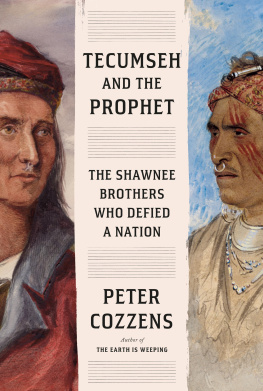
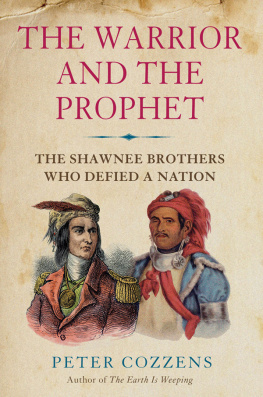
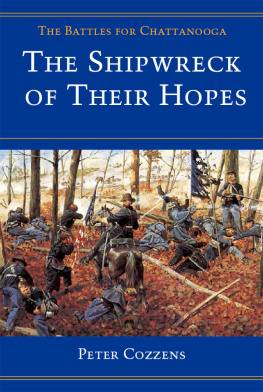
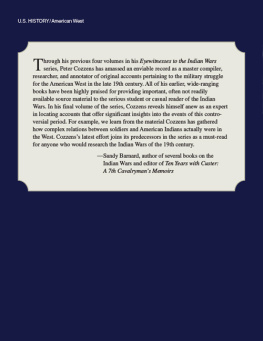
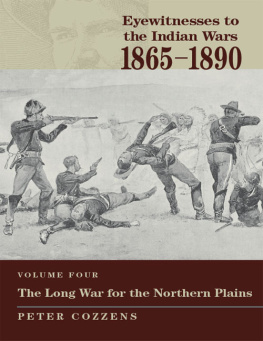
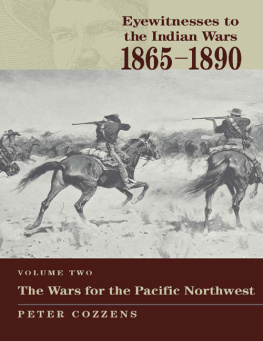
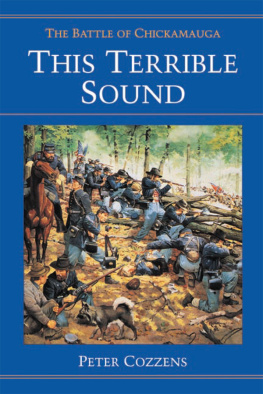
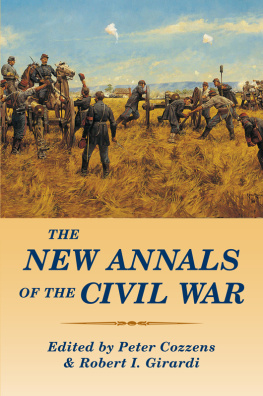
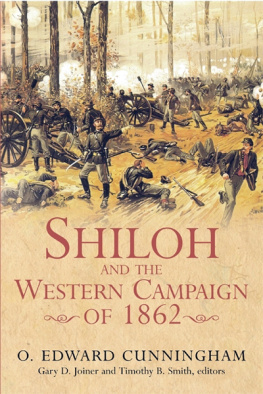

 This book is printed on acid-free paper.
This book is printed on acid-free paper.